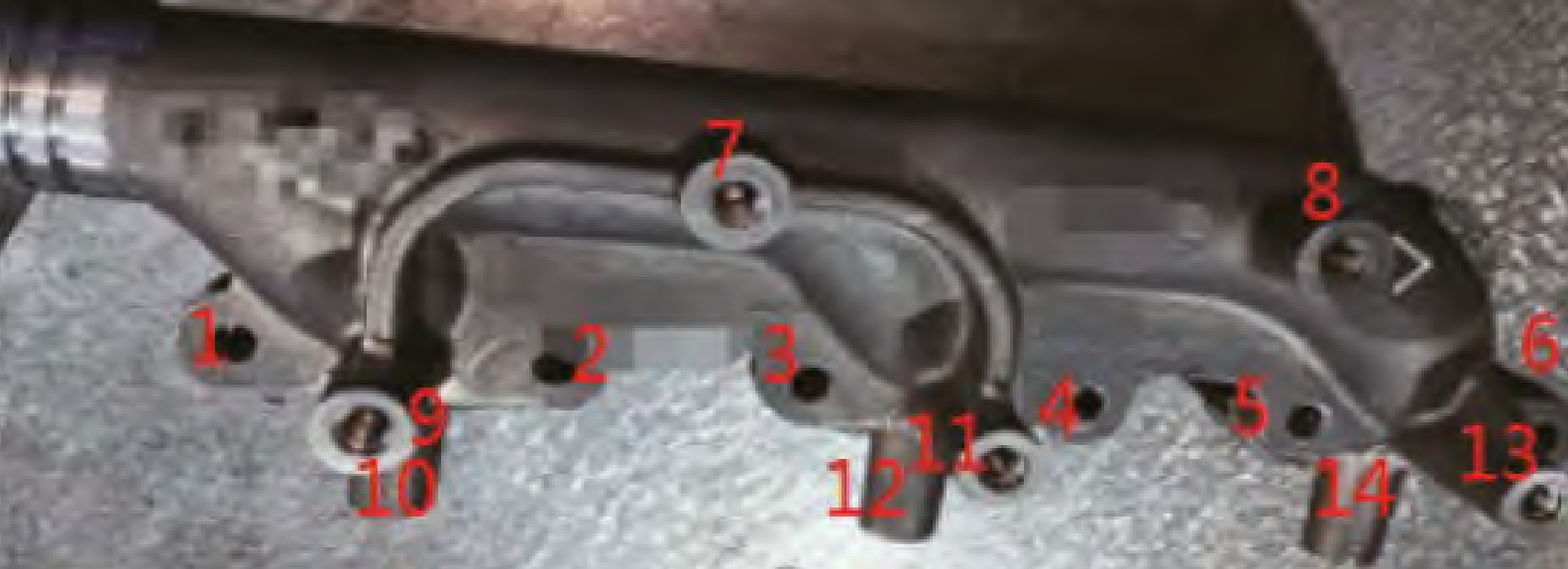I. Introduction
Lost foam casting is a modern casting process that offers several advantages, including good surface quality, high dimensional accuracy, and high process yield. It is widely used in the production of various castings, including ductile iron reducer housings. However, during the production of ductile iron reducer housings using lost foam casting, certain defects such as wrinkling and shrinkage porosity may occur, which can affect the quality and performance of the castings. This article focuses on the study of these defects and the exploration of effective solutions.
II. Original Process and Defects of Ductile Iron Reducer Housings
A. Original Casting Process
The original casting process for the reducer housing is a top gating system, as shown in Figure 1. The pouring temperature is 1370 – 1440 °C, and the pouring negative pressure is -0.06 – -0.04 MPa. The chemical composition of the QT450 – 10 reducer housing is within the specified range.
B. Defects in the Original Process
In the original casting process, wrinkling and shrinkage porosity defects were found in the reducer housing. Wrinkling defects mainly appeared on the end face, while shrinkage porosity defects were mainly located at the geometric hot spots.
III. Analysis of the Formation Mechanisms of Wrinkling and Shrinkage Porosity Defects
A. Wrinkling Defect Formation Mechanism
- Polymeric Foam Pattern Decomposition
In lost foam casting, the polymeric foam pattern decomposes during the casting process, producing gaseous, liquid, and solid pyrolysis products. The state, composition, and discharge form of these pyrolysis products are affected by various factors, which is the fundamental cause of the formation of wrinkling defects. - Pouring System and Filling Mode
The original top gating system causes the molten iron to flow turbulently, resulting in the formation of “cold ends” in the thick and dead corner areas at the top and sides of the casting, which leads to the formation of wrinkling defects.
B. Shrinkage Porosity Defect Formation Mechanism
- Solidification Characteristics of Ductile Iron
Ductile iron has a certain solidification shrinkage during the solidification process. If the liquid metal cannot be replenished in time at the hot spots, shrinkage porosity defects will occur. - Geometric Hot Spots
The geometric hot spots in the reducer housing, such as the thick positions of the side processing holes, are the main locations where shrinkage porosity defects occur.
IV. Solutions to Wrinkling and Shrinkage Porosity Defects
A. Solution to Wrinkling Defects
- Redesign of the Pouring System
The pouring system is redesigned to a bottom gating system, as shown in Figure 2. This ensures a stable filling process, with the high-temperature molten iron gradually filling upward from the bottom, reducing the formation of “cold ends” and effectively eliminating wrinkling defects. - Calculation and Optimization of the Pouring System
The pouring time and inner gate size are calculated and optimized to ensure the smooth operation of the pouring process.
B. Solution to Shrinkage Porosity Defects
- Development of a New Heat Dissipation Process
A new heat dissipation process is developed, which involves attaching foam sheets (heat sinks) at the hot spots of the casting, as shown in Figure 4. This increases the heat dissipation surface area, reduces the local modulus of the casting, and forms a temperature difference zone, achieving the effect of sequential solidification and eliminating shrinkage porosity defects. - Process Advantages
The heat dissipation process has the advantages of simple operation, little impact on the casting process, high process yield, and easy post-treatment of the reducer housing.
V. Verification of the Solutions
A. Verification of the Wrinkling Defect Solution
After the pouring system is changed to bottom gating, a batch of 2000 castings is produced for verification. The results show that the surface quality of the castings is qualified, and no wrinkling defects occur, as shown in Figure 3.
B. Verification of the Shrinkage Porosity Defect Solution
The heat dissipation process is used for batch production, and 2000 reducer housings are continuously produced. After processing, no shrinkage porosity defects are found in the bolt holes, indicating that the heat dissipation process can effectively solve the shrinkage porosity defect problem.
VI. Conclusion
In this study, the wrinkling and shrinkage porosity defects in the lost foam casting of ductile iron reducer housings are analyzed, and corresponding solutions are proposed. By optimizing the pouring system and developing a new heat dissipation process, the wrinkling and shrinkage porosity defects are effectively solved, improving the quality and performance of the castings. The research results provide a reference for the production of high-quality ductile iron reducer housings using lost foam casting.
A. Summary of the Research
- The wrinkling defect is mainly caused by the 不合理 pouring system and the decomposition of the polymeric foam pattern. By redesigning the pouring system to bottom gating, the wrinkling defect is eliminated.
- The shrinkage porosity defect is caused by the solidification characteristics of ductile iron and the existence of geometric hot spots. The new heat dissipation process effectively solves the shrinkage porosity defect by increasing the heat dissipation surface area and changing the solidification mode.
B. Significance and Application Prospect
The solutions proposed in this study have important significance for improving the quality and yield of lost foam casting of ductile iron reducer housings. The new heat dissipation process is a simple and effective method, which can be widely applied in the production of similar castings, providing a technical support for the development of the casting industry.
C. Future Research Directions
In the future, further research can be carried out on the optimization of the heat dissipation process, such as exploring the influence of different heat sink materials and structures on the heat dissipation effect, in order to further improve the quality and performance of the castings.进入 AI 阅读

